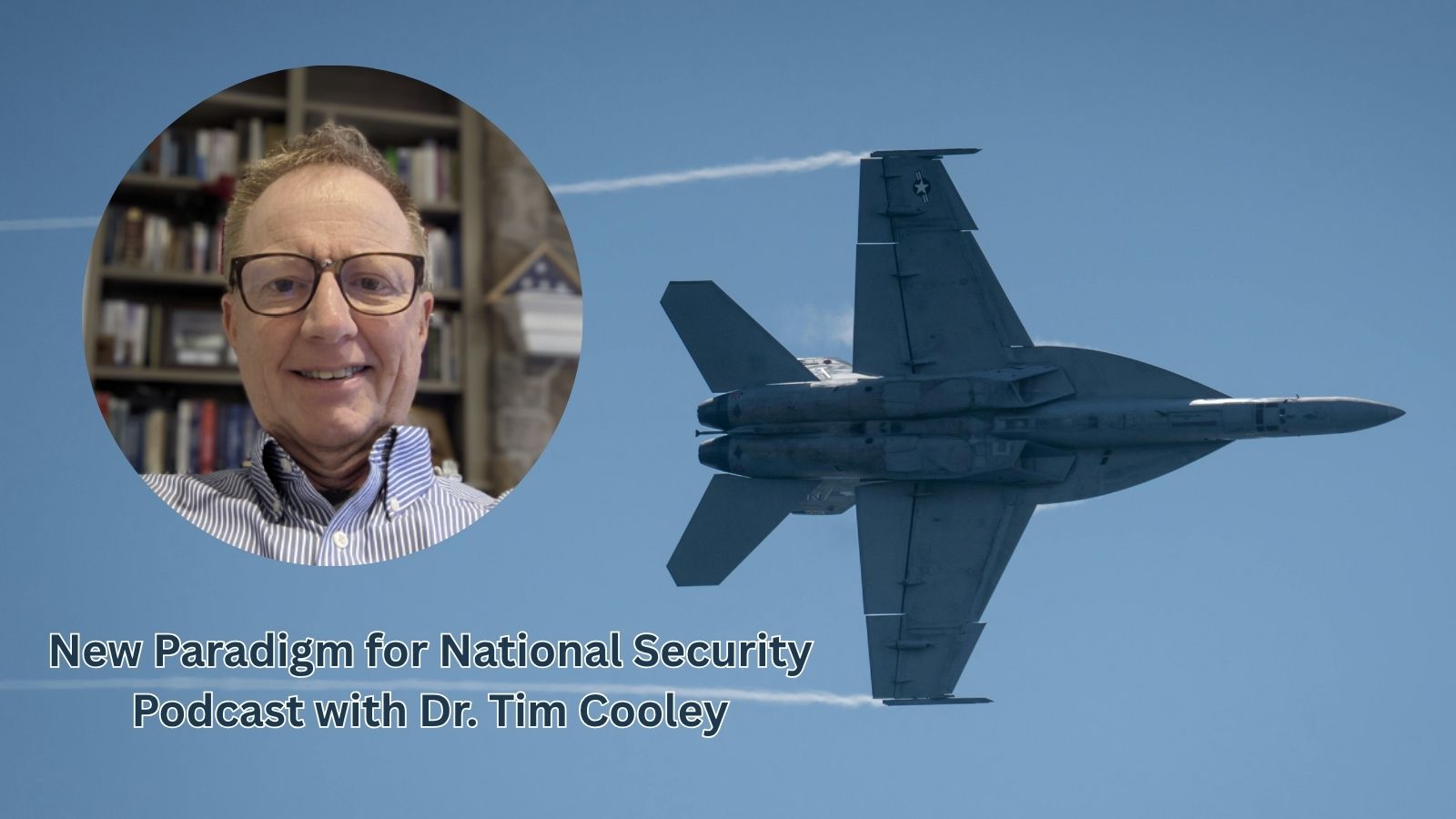Welcome to Project O Five podcast where we explore the intersection of intelligence, security, and technology. I’m your host, Kagusthan Ariaratnam. In my former life, I saw conflict from the ground up—first as a child soldier, then as an intelligence operative. I learned that war is a brutal, deeply human affair. But the landscape of conflict is changing at a blinding pace. Today, battles are not only fought in trenches but also in server farms, and strategies are shaped not just by spies, but by simulators. To help us understand this new reality, we recently spoke with Dr. Tim Cooley, a leading expert in modeling, simulation, and decision analysis, whose insights reveal a paradigm shift in how we prepare for, and perceive, modern conflict.
Our conversation began with the monumental change in military training. The days of relying solely on expensive, logistically intensive field exercises are fading. In their place, as Dr. Cooley explained, have risen incredibly complex and dynamic simulated environments. These technologies allow a pilot to face a thousand threats without leaving the ground or a command team to wargame a dozen geopolitical scenarios in a single afternoon. The true revolution, however, is not just in the replication of conflict but in the analysis of it. By gathering terabytes of performance data, these systems enable a shift from training through repetition to training through data-driven adaptation, allowing for a granular analysis of the decision-making process itself.
This focus on decision-making is at the heart of Dr. Cooley’s approach to determining value. When assessing a multi-million-dollar training system, the question is not simply whether it costs less than using a real F-35. The real “return on investment” is measured by its ability to improve a commander’s cognitive and strategic performance under extreme pressure. Through what he terms “decision analysis,” his work quantifies whether a system helps leaders think better, faster, and with more resilience when faced with incomplete information. This same principle, he noted, applies seamlessly to his work in the medical field. Whether for a squadron commander or a chief of surgery, the goal is the same: using simulation to optimize human performance when lives are on the line.
However, this technological leap is fraught with immense challenges and profound ethical questions. When modeling fluid, unpredictable human groups like terrorist networks, there is a danger of oversimplification, of reducing individuals driven by complex ideologies to mere nodes in a network. The data is often incomplete, and the models must be used to support, not supplant, human judgment. This risk is amplified exponentially with the rise of Artificial Intelligence on the battlefield. Dr. Cooley identified three critical dangers: the “black box” problem, where we don’t understand how an AI reaches a conclusion; the risk of algorithmic bias perpetuating and amplifying human prejudices; and most critically, the erosion of meaningful human control as the speed of warfare accelerates beyond human cognition. Resisting the pressure to delegate lethal authority to autonomous systems remains the single greatest challenge we face.
Ultimately, my conversation with Dr. Cooley painted a clear picture of the future. These powerful new technologies are not a replacement for human wisdom, intuition, or ethics, but a tool to augment them. Their ultimate value is not in the data they produce, but in their ability to help us think better and understand the profound consequences of our decisions.

